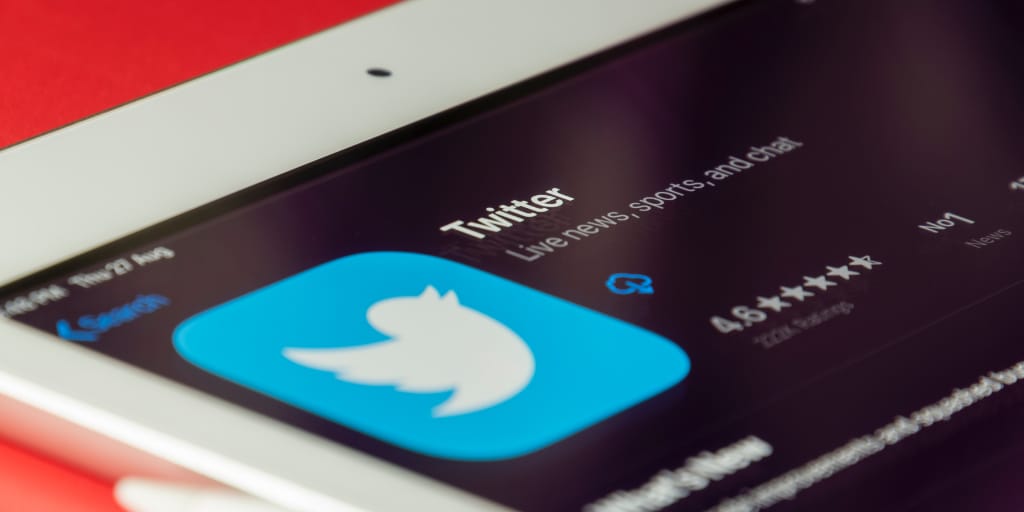Twitter reply automation has emerged as a powerful tool for businesses seeking to enhance their marketing impact. By leveraging automated replies, brands can engage with their audience in real-time, ensuring timely responses that can significantly improve customer satisfaction and brand loyalty. The immediacy of Twitter, a platform known for its fast-paced communication, makes it essential for businesses to be available at all hours. Automated replies help bridge the gap, allowing companies to respond to customer inquiries, comments, and mentions even when human agents are unavailable. This level of responsiveness not only increases the likelihood of converting a casual visitor into a loyal customer but also fosters a positive brand image as users appreciate timely interactions. Moreover, automation can be tailored to meet specific marketing goals, such as lead generation, customer support, or brand awareness. For instance, brands can program automated replies that direct users to special promotions, events, or new product launches. This targeted communication helps to keep followers informed and engaged, thus driving traffic to the website or physical store.

When users receive instant replies that lead to actionable insights or offers, they are more likely to interact further, share the content, or make a purchase, amplifying the brand’s reach and influence. In addition to improving engagement, Twitter reply automation can significantly enhance analytics and insights. By using automation tools, businesses can track the performance of automated replies, monitor user interactions, and gather valuable data on customer preferences and behavior. This information can then be utilized to refine marketing strategies, improve customer segmentation, and tailor future communications to better meet the audience’s needs. For example, if a brand notices that a particular automated reply results in a higher engagement rate, they can adjust their strategy to incorporate similar messages or campaigns, ultimately driving better marketing outcomes. However, it is crucial for brands to strike the right balance between automation and personalization. While automated X AI Replies can streamline interactions, overly robotic or generic responses may alienate users.
Consumers often seek genuine human connection, especially when discussing issues or seeking assistance. Therefore, integrating human oversight into the automation process is vital. Businesses should consider implementing a hybrid approach, where initial replies are automated, but follow-up interactions involve human representatives. This strategy allows companies to maintain efficiency while ensuring that customers feel valued and understood. In conclusion, Twitter reply automation presents a multifaceted opportunity for businesses to increase their marketing impact. By providing timely responses, enhancing customer engagement, and leveraging data insights, brands can create a more dynamic and responsive marketing strategy. When executed thoughtfully, automation not only elevates customer experience but also drives brand loyalty and growth. As social media continues to evolve, businesses that embrace and optimize Twitter reply automation will likely gain a competitive edge in their marketing endeavors, ultimately leading to increased sales and brand visibility.